Scandinavian style has conquered the world of interior design thanks to its ability to unite functionality, beauty, and well-being. Born in the Nordic countries at the beginning of the 20th century, this approach seeks to respond to harsh climatic conditions with warm, bright, and welcoming spaces, where every element serves a clear purpose.
Today, Scandinavian design continues to set trends in contemporary homes that value simplicity without giving up style. In this article, we explore its fundamental keys and how it can be applied to the different rooms of your home to achieve a coherent, harmonious, and functional decoration.
Origin and Influences of Scandinavian Style
Scandinavian style was born in countries such as Sweden, Denmark, Norway, and Finland, as an aesthetic and functional response to cold climates, lack of natural light, and the need to create welcoming spaces throughout much of the year.
Inspired by the functionalist movement and modernism, it also incorporates cultural values typical of Northern Europe: sobriety, connection with nature, resource economy, and a deep appreciation for home life.
Some of its best-known references are designers such as Alvar Aalto, Arne Jacobsen, and Hans Wegner, whose furniture became timeless icons.
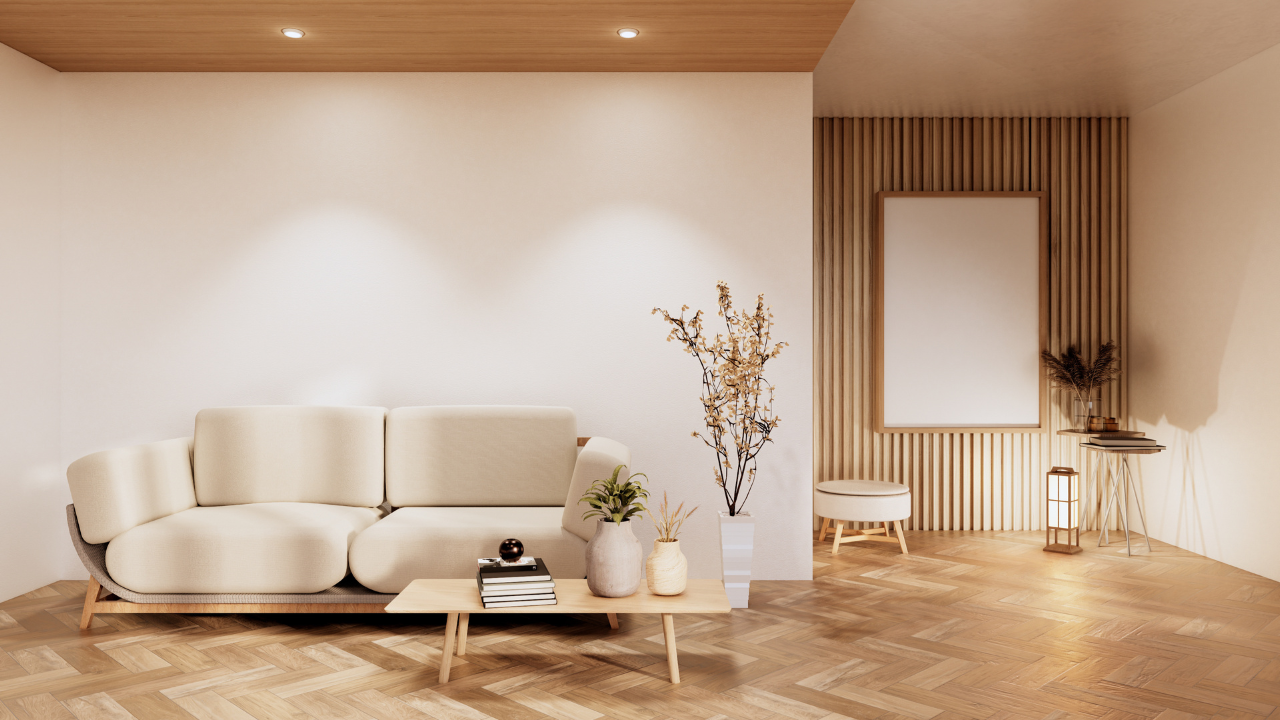
Key Principles of Scandinavian Style
1. Natural Light as the Protagonist
The scarcity of sunlight during winter made Scandinavian interiors designed to amplify every ray. Large windows without heavy curtains, light colors on walls and floors, and reflective surfaces are essential keys.
If you have a home with limited orientation, paint the walls in off-white or light gray and use mirrors to multiply the light.
2. Neutral and Warm Color Palette
White is the predominant color, but it is often combined with earth tones, soft grays, beige, light blue, or sage green. The idea is to create a harmonious and relaxing environment, avoiding aggressive contrasts.
You can introduce pops of color in textiles or decorative elements to break the monochrome: mustard cushions, navy blue throws, or a terracotta vase.
3. Natural Materials
Light wood (pine, beech, birch), wool, linen, aged leather, or ceramics are recurring materials. Their presence brings warmth and reinforces the connection with nature.
On floors, furniture, or even ceilings, untreated wood adds texture without overloading. Scandinavian style prefers matte finishes over excessive shine.
4. Functional and Timeless Furniture
Furniture pieces in this style are simple, practical, and durable. Curved shapes, clean lines, and slender legs dominate. Nothing is superfluous, everything serves a purpose.
An iconic example: the Wishbone chair or the Egg chair are Scandinavian design pieces that combine elegance and ergonomics, designed for both comfort and aesthetics.
5. Minimalism with Soul
Although Scandinavian style may seem minimalist, it is not cold. On the contrary: it seeks emotional comfort through order, soft lighting, and warm materials.
Less is more, but with meaning: every object in the home has a clear purpose and is carefully chosen. This does not mean dispensing with decoration, but integrating it with balance.
Applications of Scandinavian Style in Each Room of the Home
Bedroom
The Scandinavian bedroom is a haven of peace. Walls are usually painted white or in soft tones such as light gray or misty blue. Natural textiles are preferred: cotton duvets, wool throws, and rugs made of vegetable fibers. Furniture is simple, functional, and straight-lined, such as a light wood bed or floating bedside tables.
Lighting consists of pendant lamps or sconces with clean design. Order is fundamental: nothing should disturb the view or rest. Storage baskets or built-in wardrobes are common to keep the space uncluttered.
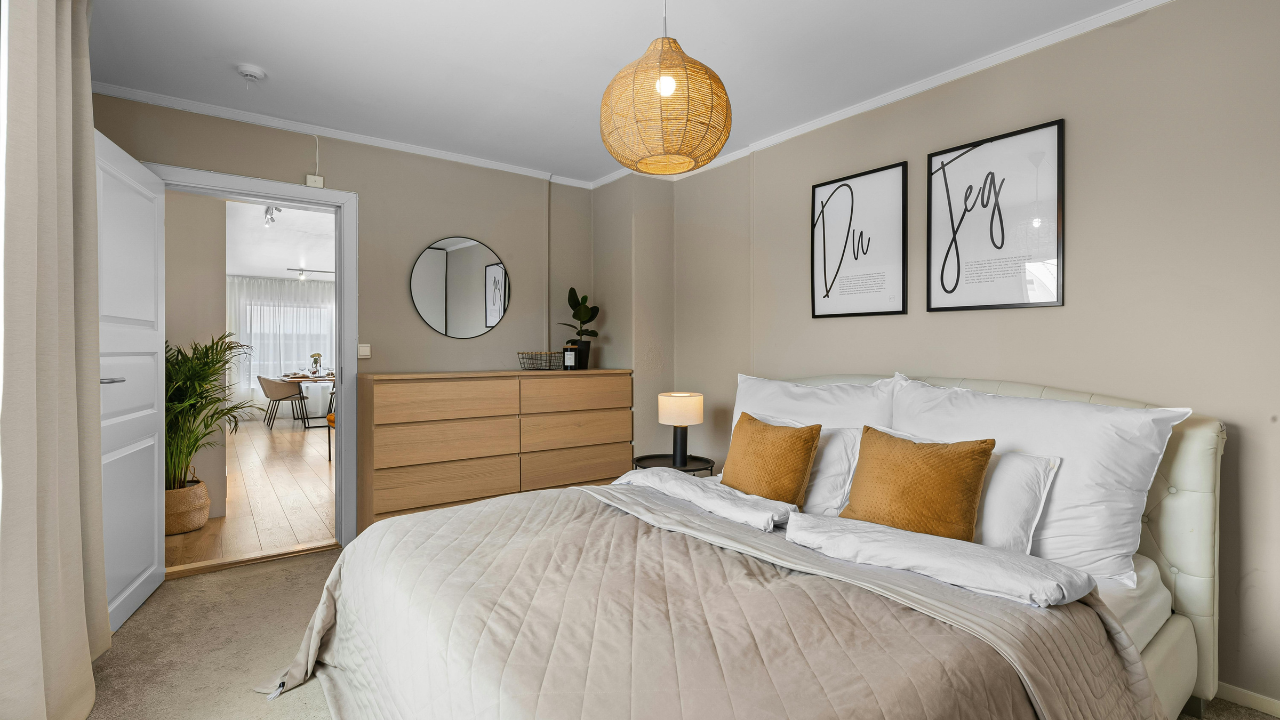
Kitchen and Dining Room
Efficiency is paramount in Scandinavian kitchens. Everything has its place, with smart storage solutions. White is the dominant color, combined with natural wood or black details to create contrast. Handleless fronts, integrated appliances, and clear countertops reinforce the clean aesthetic.
In the dining room, wooden tables, Nordic design chairs (such as the Wishbone or Eames), and pendant lamps that define the area without walls are chosen. Functional decorative elements like vases with dried flowers or trays with candles are common.
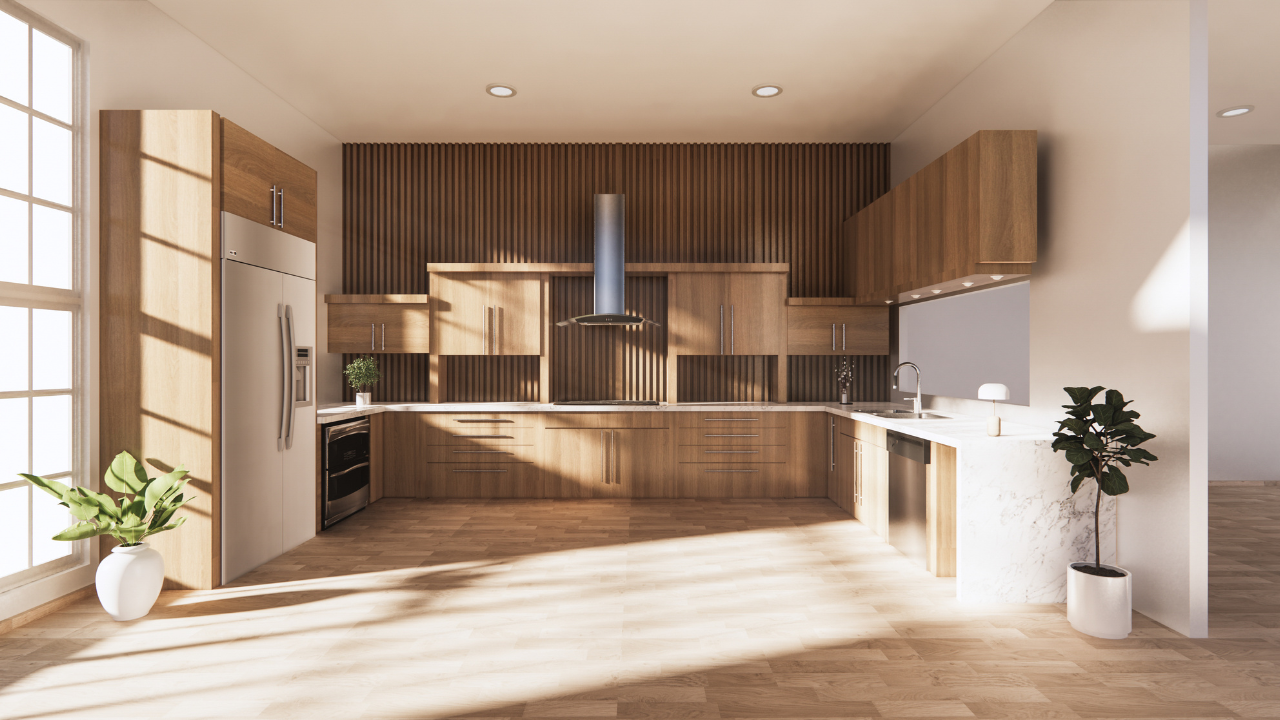
Living Room
The Scandinavian living room invites calm. A simple-lined sofa in light gray or beige is usually the heart of the space, accompanied by a natural wood coffee table and a soft-textured rug.
Furniture is distributed with balance, leaving room to circulate and breathe. On the walls: minimalist art or black-and-white photographs. Cushions and throws add layers of comfort without overloading the atmosphere.
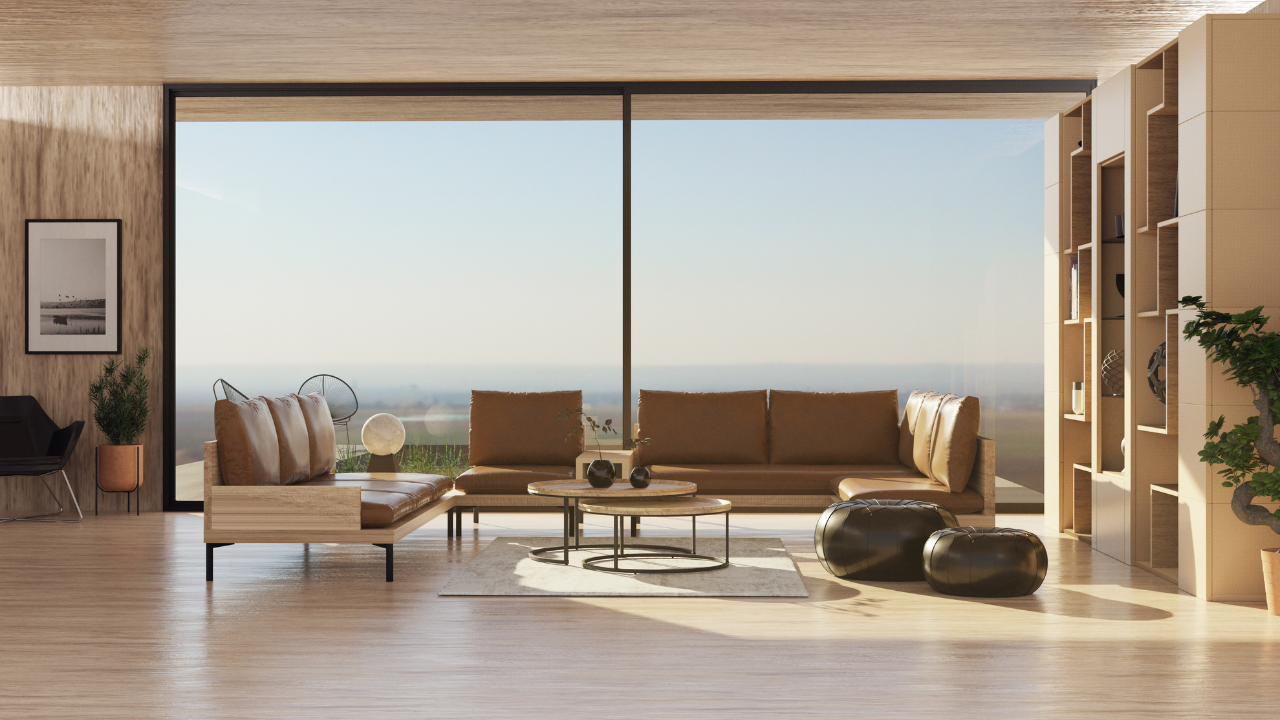
Bathroom
The Nordic bathroom is characterized by visual cleanliness. Suspended sinks, integrated storage furniture, and open showers with glass partitions are used. White predominates but can be combined with wood-effect floors or stone-toned tiles. Lighting is soft, ideal for relaxation.
Accessories are few and functional: simple towel racks, frameless mirrors, and neutral-toned textiles. A small plant or scented candle can bring life and personality without breaking the harmony.
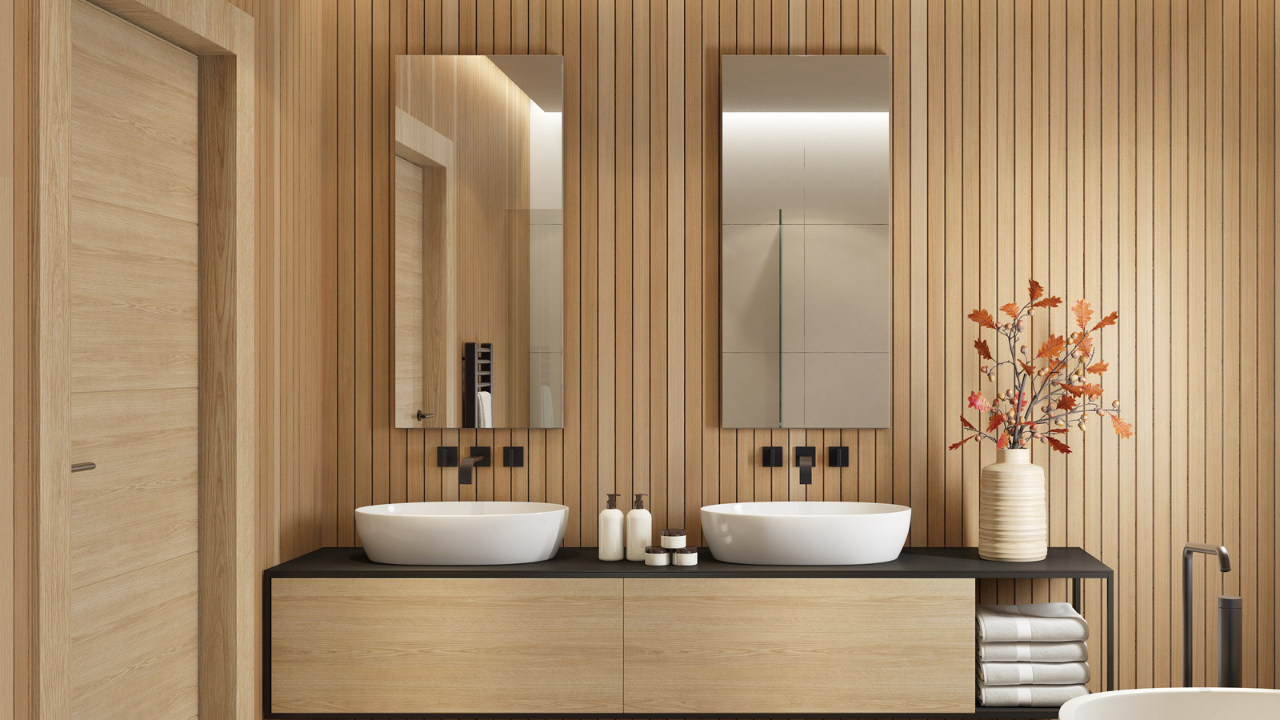
Workspaces
As remote work has gained importance, Scandinavian style offers perfect solutions to create discreet, comfortable, and aesthetically integrated work areas. A light wooden desk, an ergonomic chair with design, and a minimalist desk lamp are enough to set up a functional office.
The secret is not to break visual coherence with the rest of the house. Floating shelves and storage boxes can keep order without losing style.
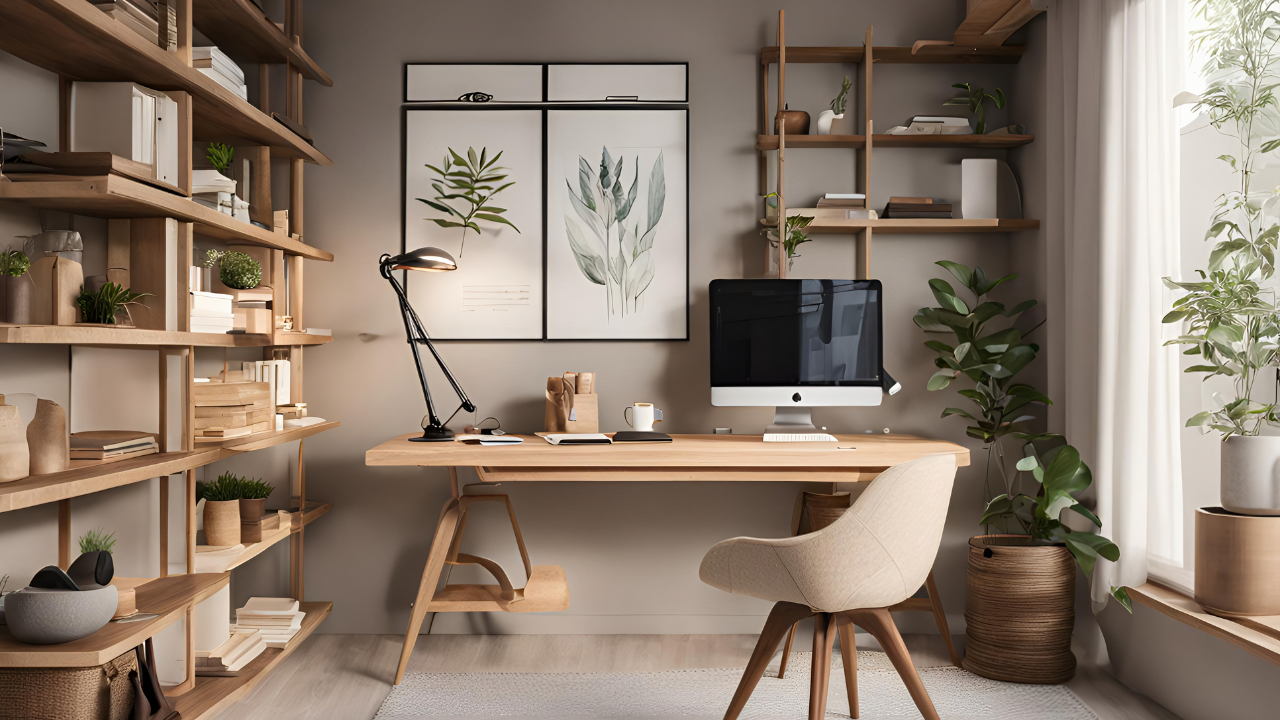
Entrances, Hallways, and Passage Areas
Scandinavian style does not leave any space unconsidered. In the entryway: a simple wooden bench, a designer wall hanger, and a mirror to visually enlarge the space.
In hallways: warm light sconces, abstract paintings, or series of family photos framed in black or white. Everything with coherence, without overloading.
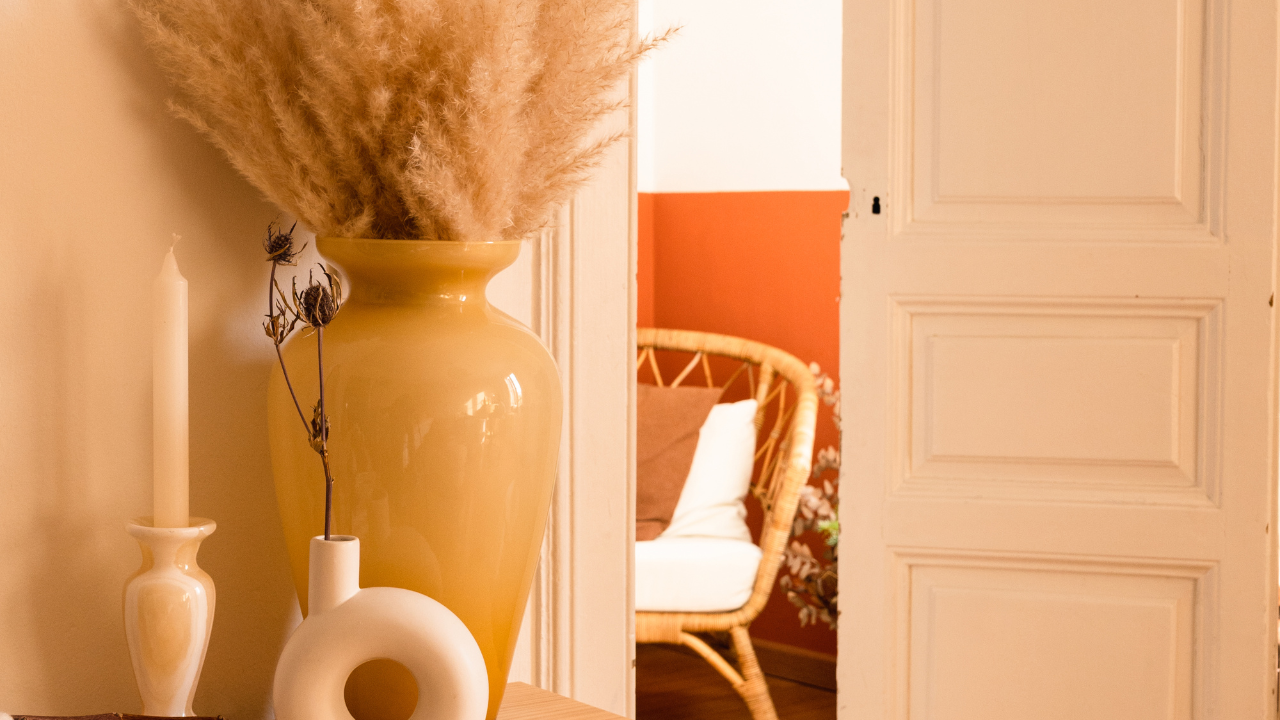
Outdoor Spaces
Whether it is a terrace, balcony, or small patio, Scandinavian design makes the most of them. Folding wooden furniture, resistant but cozy textiles, matte ceramic or galvanized metal pots, and lanterns with candles create relaxed scenes.
The connection with nature remains essential.
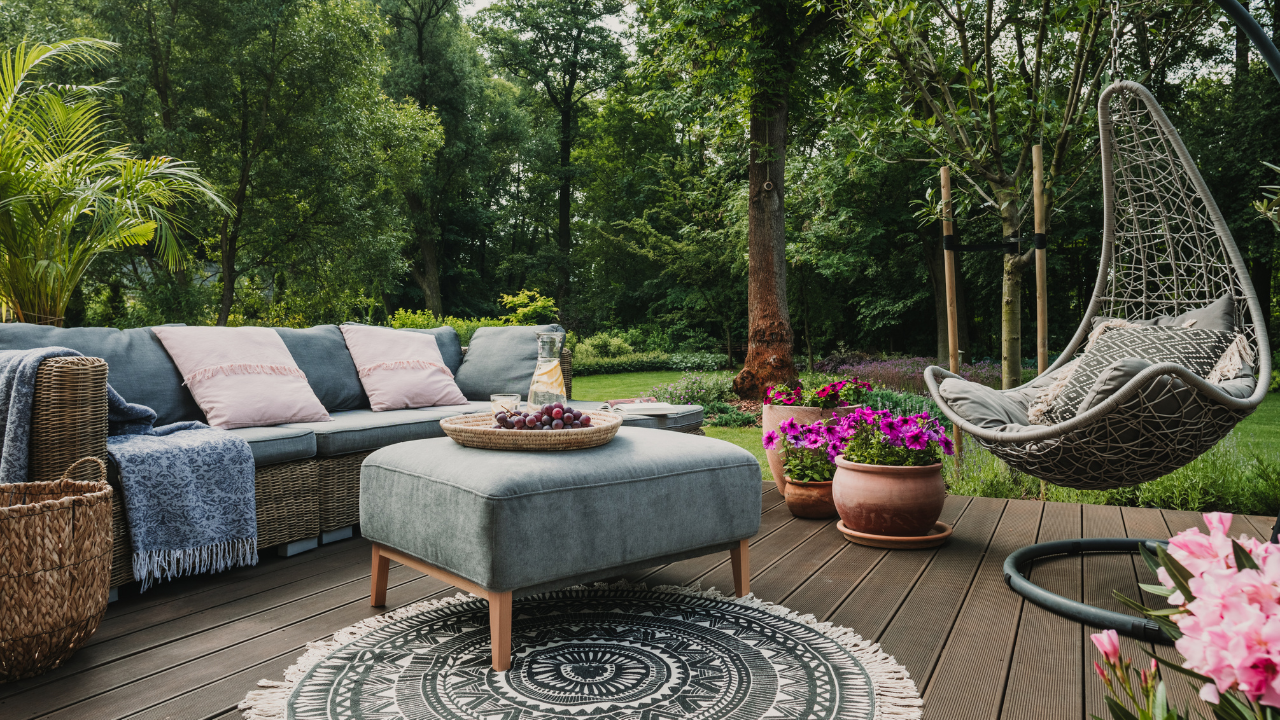
Keys to Decorating with Scandinavian Style
Simplify: Eliminate the unnecessary. Let spaces breathe.
Play with light: Make the most of natural light and choose simple-designed lamps for artificial lighting.
Combine textures: Even if colors are neutral, the variety of materials (wood, wool, linen, metal) adds visual richness.
Add greenery: Small or medium natural plants reinforce the connection with nature.
Choose pieces with history: Even if everything looks new, a vintage Scandinavian piece can be the focal point of your design.
Our Professional Opinion
Adopting Scandinavian style is not just an aesthetic choice but a philosophy that prioritizes well-being, order, and functionality without giving up design. It is a safe bet for those seeking balanced and timeless spaces.
If you are an interior designer, manufacturer, or decorator, having tools like Teowin will allow you to take this type of design to a new level. From spatial planning to material selection or presenting 3D renders, you will be able to translate the essence of Scandinavian style into concrete, effective, and visually irresistible proposals.
Ready to transform spaces with minimalism, light, and Nordic warmth?
